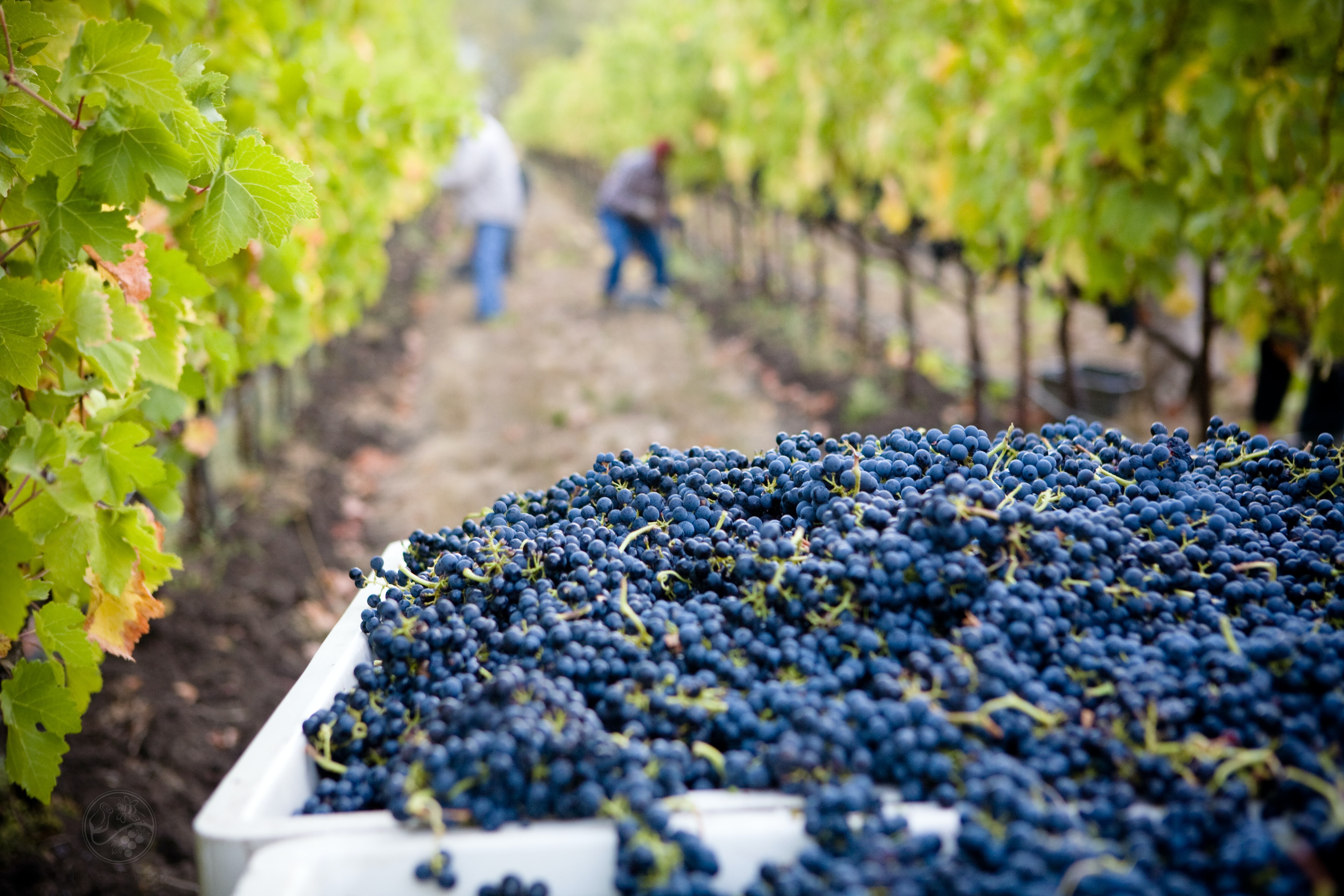1740 results found
Featured results



More results
Scaling up existing multilateral solutions and developing new ones are key to increasing much-needed private investment in infrastructure in emerging and developing markets. In her latest article, our CEO, Marie Lam-Frendo shares her thoughts on de-risking instruments as one solution.
Erhai Lake, whose basin area is 2,565 square kilometers with 117 rivers flowing into the lake, is the main drinking water source of the City of Dali, covering 16 villages and towns of Dali with a population of 833,000 people.
The Global Infrastructure Hub is negotiating new, long-term partner hosting of its activities to deliver enduring impact.
Cambrian Innovation developed the WEPA to enable food and beverage manufacturers across the United States to implement their solutions to remove wastewater costs, reduce environmental impact, and alleviate capped production at no upfront cost or operational risk. Wineries in Nappa Valley, including Rombauer Vineyards, produced high-strength wastewater (diluted wine) through standard rinsing and cleaning processes putting pressure on traditional municipal treatment plants. In 2018, Rombauer Vineyards was the first replaced existing ineffective treatment system with an EcoVolt Solution from Cambrian Innovation.
A water height and flood management system enables local authorities to predict flooding and avoid building infrastructure in high risk areas.
This report aims to inform water system managers on the importance of andmeasures to build the resilience of water service provision to natural hazards and climate riskswhile ensuring that water systems can safeguard service provision by reducing their exposure tothe risks associated with natural hazards.

The objective of this paper is to explore the impact of Uruguay's privatization and subsequent nationalization of water services on network access and water quality


This report outlines the key principles of water safety planning for rural water supply in India.

The first volume of the Water Sector Governance in Africa series looks at the enabling environment supporting a sustainable water sector.

This document provides a set of guidelines and templates for the assessment of governance in the water sector.


The Government of Kenya has been striving to improve water access for people in low-income areas for decades. However, it faces several challenges, including the limited capacity of smallscale service providers, limited water resources, drought and sustained poverty.


This report provides innovative approaches to better understand infrastructure sector performance by focusing on the links between key indicators for private and public utilities, and changes in ownership, regulatory agency governance, and corporate governance, among other dimensions.


This book proposes a synthesis of several of the works carried out for the research program, as well as a comparison with other works treating a similar problem.


This report presents the water and climate adaptation plan (WATCAP) developed for the Sava river basin (SRB), the report covers climate impacts in the Sava river basin, an economic evaluation of the SRB and Hydrologic Modeling of SRB.

This framework for action was developed to support the inclusion of nutritional considerations in the design of water operations and to help formulate nutrition-enhancing water policy.

In 2008, The EIB s Water Sector Lending Policy set out how the Bank supports EU policy objectives in the water sector.

Watercare is owned by Auckland Council and is New Zealand's largest water utility responsible for providing water and wastewater services to the approximately 1.4 million people in the Auckland region. Watercare is required to maintain the network in line with the organisation's ambitious cost, sustainability, reliability, and safety targets.








 InfraCompass
InfraCompass


